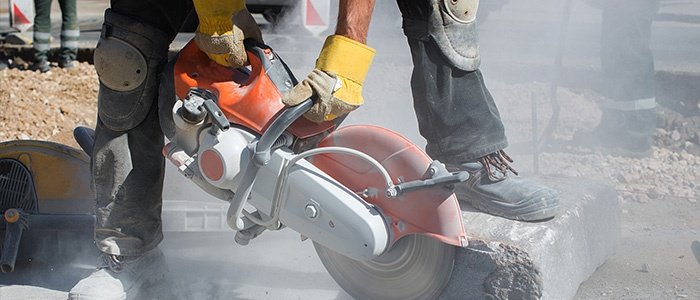Exposure to respirable crystalline silica can cause silicosis, lung cancer, other respiratory diseases, and kidney disease. To help protect workers from exposure to silica, OSHA is issuing two new standards—one for general industry and more specifically geared toward the construction industry. General Industry Silica Rules
- Assess employee exposures at or above the action level of 25 µg/m3 (micrograms of silica per cubic meter of air), time weighted averaged over an 8-hour day.
- Protect workers from respirable crystalline silica exposures above the exposure limit (PEL) of 50 µg/m3, averaged over an 8-hour day.
- Limit workers’ access to areas above the PEL.
- Use dust controls to protect workers exposed above the PEL.
- Provide respirators to workers when dust controls cannot limit exposures to the PEL.
- Use housekeeping methods that do not create airborne dust, if feasible.
- Establish and implement a written exposure control plan.
- Offer medical exams – every three years for workers exposed at or above the action level for 30 or more days per year.
- Train workers on ways to limit exposure.
- Keep records of exposure measurements and medical exams.
- General industry and maritime employers must comply with all requirements of the standard by June 23, 2018, except for the following:
- Medical surveillance must be offered to employees who will be exposed at or above the action level for 30 or more days a year starting on June 23, 2020.
- Medical surveillance must be offered to employees who will be exposed above the PEL for 30 or more days a year starting on June 23, 2018.
Construction Silica Rules
- Employers can use the control methods laid out in Table 1 of the construction standard, or measure workers’ exposure to silica and independently decide which dust controls work best.
- Establish and implement a written exposure control plan.
- Modify housekeeping practices that expose workers to silica, use feasible alternatives.
- Offer medical exams—every three years for workers who are required to wear a respirator for 30 or more days per year.
- Train workers on operations and ways to limit exposure.
- Keep records of exposure medical exams and exposure measurements.
Source: https://www.osha.gov/dsg/topics/silicacrystalline/





